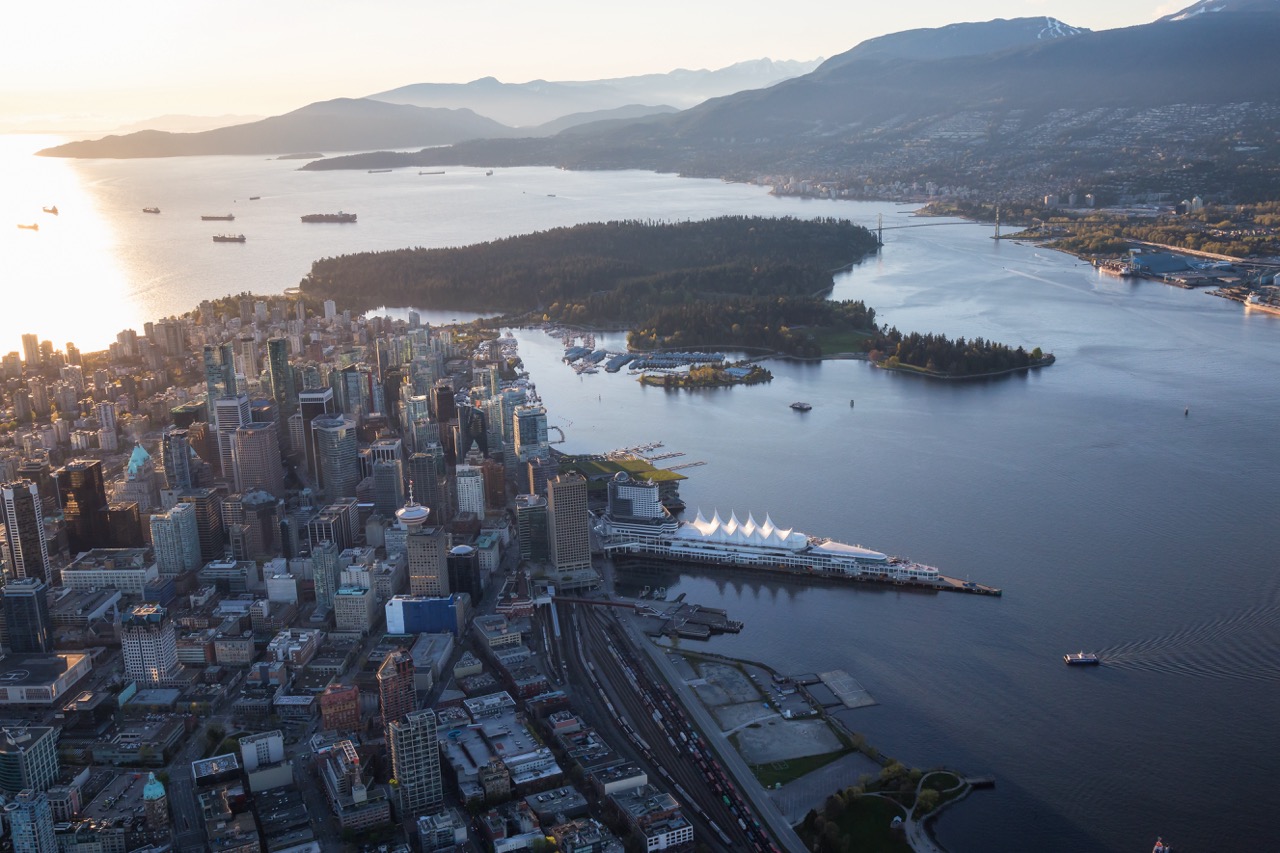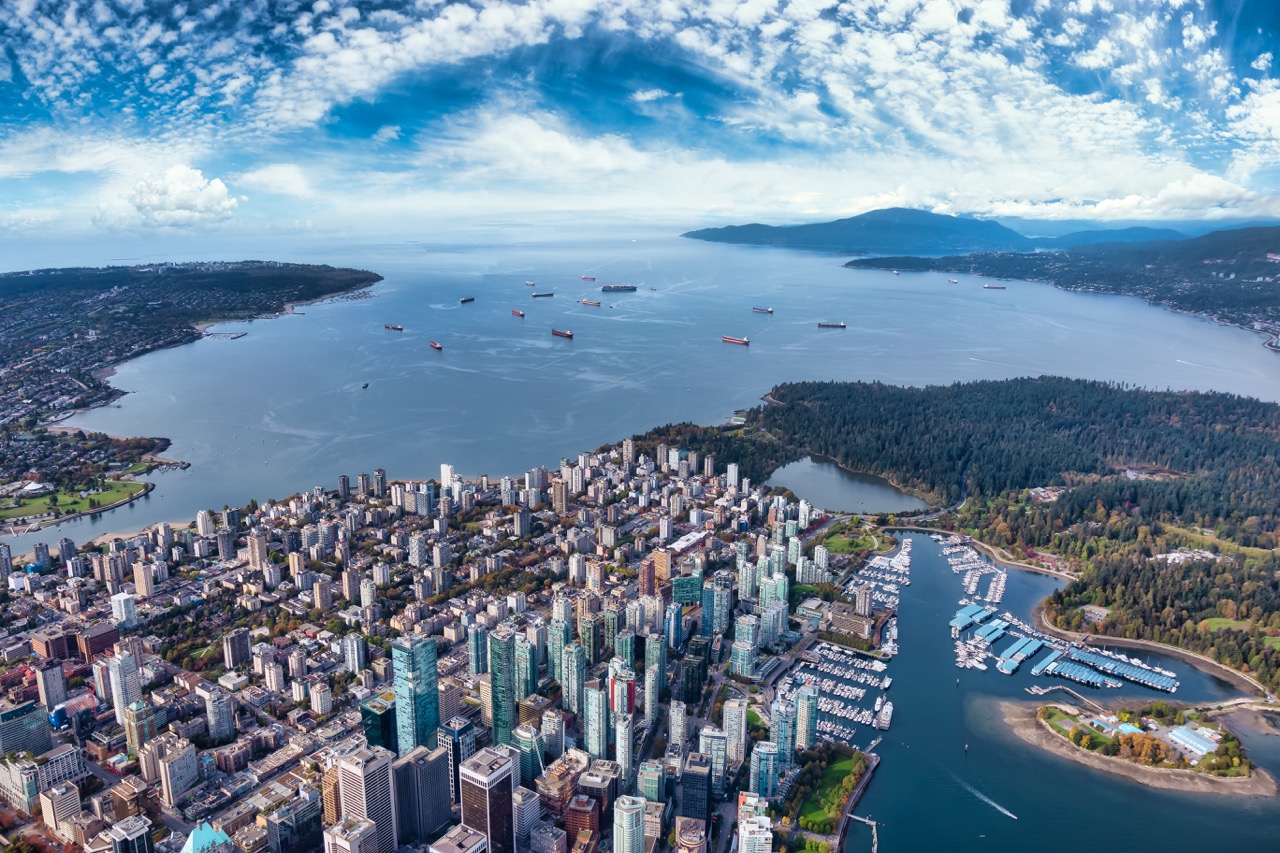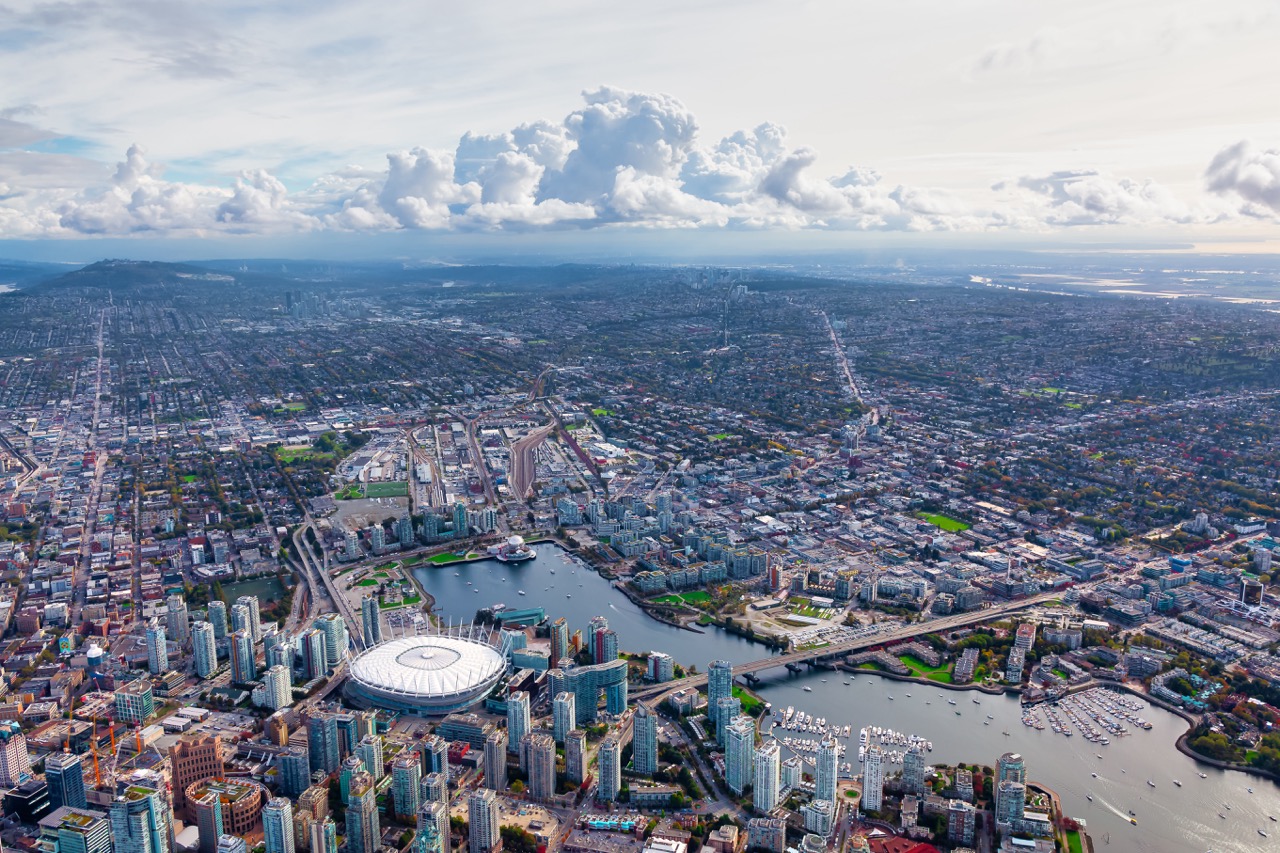===
British Columbia (BC), a province renowned for its stunning landscapes and vibrant cities, has consistently attracted individuals and families from across Canada and around the world. However, with its natural beauty comes a significant cost of living that can vary greatly depending on the specific region and lifestyle choices of its residents. This article aims to provide a comprehensive overview of the cost of living in British Columbia, examining the key factors that influence expenses, comparing housing costs in major cities, analyzing transportation expenses, assessing grocery prices, and offering strategies for managing living costs.
Understanding the Cost of Living in British Columbia
The cost of living in British Columbia is a multifaceted issue influenced by a variety of elements, including geographical location, economic factors, and individual lifestyle choices. In general, BC tends to have a higher cost of living compared to many other provinces in Canada, which can be attributed to its thriving economy, desirable climate, and scenic environment. The province’s natural beauty, coupled with its booming technology and tourism sectors, creates a demand for housing and services that often drives prices up.
Furthermore, the cost of living is not uniform across the province. Urban centers such as Vancouver and Victoria exhibit much higher living costs compared to rural areas or smaller towns, where housing and everyday expenses can be significantly lower. This urban-rural divide creates a unique challenge for residents, as those working in cities may seek affordable housing options in nearby communities, leading to increased demand and costs in those areas as well.
Additionally, various indices and benchmarks, such as the Canadian Consumer Price Index (CPI), provide insights into how living expenses in BC stack up against national averages. These metrics can help residents understand the broader economic landscape and anticipate future changes in pricing dynamics, making it essential for both current residents and newcomers to stay informed.
Key Factors Driving Expenses in British Columbia Today
Several key factors contribute to the high cost of living in British Columbia. One of the most significant determinants is the housing market, particularly in urban areas like Vancouver, where demand has outstripped supply for years. This situation has resulted in skyrocketing real estate prices and rent increases, placing considerable financial pressure on residents and newcomers alike. Factors such as foreign investment, limited housing supply, and stringent zoning laws have all played a role in exacerbating the issue.
Another driving force is the province’s overall economic performance, which has seen robust growth in sectors such as technology, health care, and tourism. While a thriving economy typically benefits residents by creating job opportunities and increasing wages, it can also lead to inflationary pressures, driving up costs for goods and services. Moreover, BC’s distinct geographical challenges, including its mountainous terrain and coastal location, often contribute to increased transportation costs for goods and services, further impacting the cost of living.
Finally, government policies and regulations also affect living costs in BC. Taxes, such as the Provincial Sales Tax (PST) and property taxes, can add to the financial burden for residents. Changes in regulations surrounding housing development, environmental protection, and labor laws can all influence market dynamics, making it crucial for residents to stay informed about policy developments and their potential ramifications on expenses.
Comparing Housing Costs Across Major BC Cities
Housing costs in British Columbia can vary dramatically depending on the city. For instance, Vancouver consistently ranks as one of the most expensive cities in Canada for both renting and purchasing homes. The average price of a single-family home in Vancouver can exceed $1.5 million, while rental prices for a one-bedroom apartment in the downtown area often exceed $2,500 per month. This high cost of housing has prompted many residents to seek accommodation in surrounding municipalities, where prices may be more manageable.
In contrast, cities like Victoria, Kamloops, and Kelowna, while still experiencing rising costs, generally offer more affordable housing options compared to Vancouver. In Victoria, for example, the average price for a single-family home is around $1 million, and rental prices are also lower, although they are on the rise. Kamloops and Kelowna offer even more competitive pricing, with average home prices below $800,000, attracting buyers and renters looking for more budget-friendly options.
Despite these variances, all major BC cities face pressure from increasing demand, which continues to drive up prices in the housing market. As the province’s population grows, particularly in urban centers, it is expected that housing affordability will remain a significant challenge for years to come. This ongoing trend underscores the importance of understanding local markets and making informed decisions about housing in British Columbia.
Analyzing Transportation Expenses in British Columbia
Transportation costs in British Columbia can also be a significant factor in the overall cost of living. The reliance on personal vehicles is common, particularly in regions with limited public transit options. Factors such as fuel prices, insurance premiums, and maintenance costs contribute to the financial burden of owning a vehicle. In cities like Vancouver, where traffic congestion is prevalent, residents may also face additional expenses related to commuting times and lost productivity.
Public transportation options vary widely across the province. In urban centers like Vancouver, an extensive SkyTrain and bus network provides residents with alternatives to personal vehicles, although monthly transit passes can still add up to over $100. In contrast, smaller cities and rural areas may have limited public transportation, leading residents to depend solely on their cars. This disparity in transit options can significantly influence living costs, as residents in areas with limited public transit may have to budget more for fuel and car maintenance.
Furthermore, the cost of transportation is often influenced by geography and infrastructure. Given British Columbia’s diverse landscapes, individuals living in remote or mountain communities may incur additional transportation costs for longer commutes or for transporting goods. Understanding these transportation dynamics is essential for residents to effectively manage their budgets and plan for their living expenses in British Columbia.
Assessing Grocery Prices and Their Impact on Budgets
Grocery prices in British Columbia have seen steady increases, contributing to the overall cost of living. Factors such as transportation costs, supply chain challenges, and seasonal availability of local produce can all impact grocery prices. On average, a household in BC may spend between $800 and $1,200 per month on groceries, depending on family size, dietary preferences, and shopping habits. Urban areas typically experience higher grocery prices due to increased operational costs for retailers.
In addition to price variations between cities, grocery expenses are also influenced by the types of products consumers choose. Organic and specialty items tend to command premium prices, which can significantly affect budgeting for families and individuals. Many residents have adopted cost-saving strategies, such as shopping at discount grocery chains, utilizing loyalty programs, or purchasing in bulk to minimize their grocery bills.
Ultimately, rising grocery prices can strain budgets, particularly for lower-income families and individuals. Understanding local market trends and modifying shopping behaviors can help mitigate these expenses, allowing residents to maintain a more balanced financial outlook in the face of rising costs associated with living in British Columbia.
Strategies for Managing Living Costs in British Columbia
Navigating the high cost of living in British Columbia requires careful planning and strategic decision-making. One effective approach is to create a detailed budget that outlines all income sources and expenses, ensuring that residents can identify areas where they can cut costs. By tracking spending habits and adjusting discretionary expenses, individuals can develop a more sustainable financial plan that accommodates the unique challenges of living in BC.
Another strategy involves exploring housing alternatives, such as co-housing, renting shared accommodations, or relocating to more affordable regions within the province. Remote work opportunities have also become more common, enabling individuals to live in less expensive areas while maintaining employment in cities with higher salaries. By leveraging these options, residents can mitigate the financial pressures associated with rising housing costs.
Lastly, adopting a proactive approach to grocery shopping, transportation, and other everyday expenses can lead to significant savings over time. Utilizing community resources, such as local food banks, farmers’ markets, and public transportation discounts, can enhance financial stability. Residents can also benefit from staying informed about government programs and initiatives that provide financial assistance or subsidies, making it easier to manage the overall cost of living in British Columbia.
===
In conclusion, the cost of living in British Columbia presents both challenges and opportunities for residents and newcomers alike. Understanding the various factors that drive expenses, including housing, transportation, and grocery prices, is essential for making informed decisions about budgeting and lifestyle choices. By implementing strategic approaches to manage living costs, residents can navigate the complexities of life in this beautiful province while ensuring financial stability. As BC continues to evolve, staying adaptable and informed will remain key to successfully managing the cost of living in this vibrant region.





